The Great Canadian Giving Challenge June 1-30 where every $1 donated helps our charity, the Friends of the Saskatoon Afforestation Areas, win one of two prizes of $10,000! Raising Awareness, Changing Lives We educate the public about the rich geological, natural, and cultural heritage of the areas and their ecological importance as places of rich biodiversity and semi-wildness within city limits.. Every $1 you give in June enters us for a chance to win $10,000 ! Donate now

Together We Can Make a Difference Join us in our mission to create positive change in the world. Every donation, volunteer hour, and act of kindness counts. Help us win $10,000 in the #GivingChallengeCA and make a difference in our community for over 60 species at risk! Your donation in June can make it happen. Donate now: Help us win $10,000 in the #GivingChallengeCA and make a difference in our community for over 60 species at risk!
Your donation in June can make it happen. Donate now: #GivingChallengeCA Together We can Make A difference Join us in our mission to create positive change in the world. Every donation, volunteer hour, and act of kindness counts. *Donations must be made via canadahelps.org. or through CanadaHelps fundraising tools such as Customizable Donation Forms, Ticketed Events, and Peer to Peer Fundraising. Minimum $3 donation required. Contest runs from June 1, 2024 at midnight Newfoundland Daylight Time (NDT) to June 30, 2024 at 11:59:59 p.m. Pacific Daylight Time (PDT). See full rules at: www.forcharities.canadahelps.org/gcgc-contest-rules.
Support stewards and guardians in the afforestation areas with invigorating, inspiring June events ParticipACTION Community Challenge, Campaign Two GPS Prairie Forest Guide Self Guided Tour We support environment Join us in our fundraising campaign to make a lasting impact!
With your generous support, we can achieve our goals and bring positive change to the safety of natural and heritage afforestation elements. Together, let’s create a brighter future and empower individuals, biodiversity, communities and habitats to thrive. Every donation counts, so make a difference today and be a part of our journey toward a better tomorrow! Be a part of our winning team and donate to our #GivingChallengeCA campaign today! Every dollar counts and could help us win $10,000. Donate now:
Join us in the #GivingChallengeCA and make a difference for 60 species at risk! Your donation in June could help us win $10,000. Learn more: Make a difference for our environmental community! Help us win $10,000 in the #GivingChallengeCA and make a difference in our community! Your donation in June can make it happen. Donate now: Friends of the Saskatoon Afforestation Areas friendsareas.ca
Join us in the Great Canadian Giving Challenge this June! Every $1 donated helps our charity win $10,000, supporting our mission to raise awareness and create positive change in our community. We educate about the rich heritage and ecological importance of our afforestation areas, home to over 60 species at risk. Your donation can make a difference! Together, let’s make a lasting impact on nature and heritage. Donate now and help us win in the #GivingChallengeCA. Every dollar counts! *Donations must be made via canadahelps.org. See full rules at http://www.forcharities.canadahelps.org/gcgc-contest-rules. #GivingChallengeCA
Two great campaigns.
Together We Move! ParticipACTION Community Challenge Come to Nature Come to Life.





For directions as to how to drive to “George Genereux” Urban Regional Park
For directions on how to drive to Richard St. Barbe Baker Afforestation Area
For more information:
NEW P4G District Official Community Plan
Richard St. Barbe Baker Afforestation Area is located in Saskatoon, Saskatchewan, Canada north of Cedar Villa Road, within city limits, in the furthest south west area of the city. 52° 06′ 106° 45′
Addresses:
Part SE 23-36-6 – Afforestation Area – 241 Township Road 362-A
Part SE 23-36-6 – SW Off-Leash Recreation Area (Richard St. Barbe Baker Afforestation Area ) – 355 Township Road 362-A
S ½ 22-36-6 Richard St. Barbe Baker Afforestation Area (West of SW OLRA) – 467 Township Road 362-A
NE 21-36-6 “George Genereux” Afforestation Area – 133 Range Road 3063
Wikimapia Map: type in Richard St. Barbe Baker Afforestation Area
Google Maps South West Off Leash area location pin at parking lot
Web page: https://stbarbebaker.wordpress.com
Where is the Richard St. Barbe Baker Afforestation Area? with map
Where is the George Genereux Urban Regional Park (Afforestation Area)?with map
Blogger: FriendsAfforestation
Tumblr friendsafforestation.tumblr.comFacebook Group Page: Users of the George Genereux Urban Regional Park
Facebook: StBarbeBaker Afforestation Area
Facebook for the non profit Charity Friends of the Saskatoon Afforestation Areas Inc. FriendsAreas
Facebook group page : Users of the St Barbe Baker Afforestation Area
Twitter: St Barbe Baker Charity Twitter:FriendsAreas
Please help protect / enhance your afforestation areas, please contact the Friends of the Saskatoon Afforestation Areas Inc. (e-mail / e-transfers )
Donate your old vehicle, here’s how!
Support using Canada Helps
Support via a recycling bottle donation
United Nations Decade on Ecosystem Restoration
- Use the UN Decade’s Visual Identity
- Make it your own
- Spread the word about the UN Decade
- Let’s Bring Back Forests
- Let’s Green Our Cities
““Be like a tree in pursuit of your cause. Stand firm, grip hard, thrust upward. Bend to the winds of heaven..”
Richard St. Barbe Baker











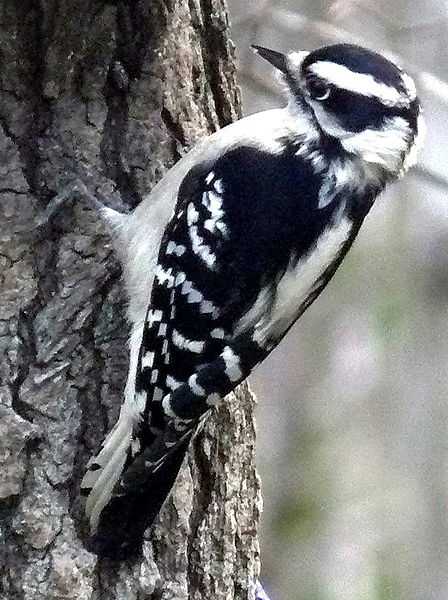
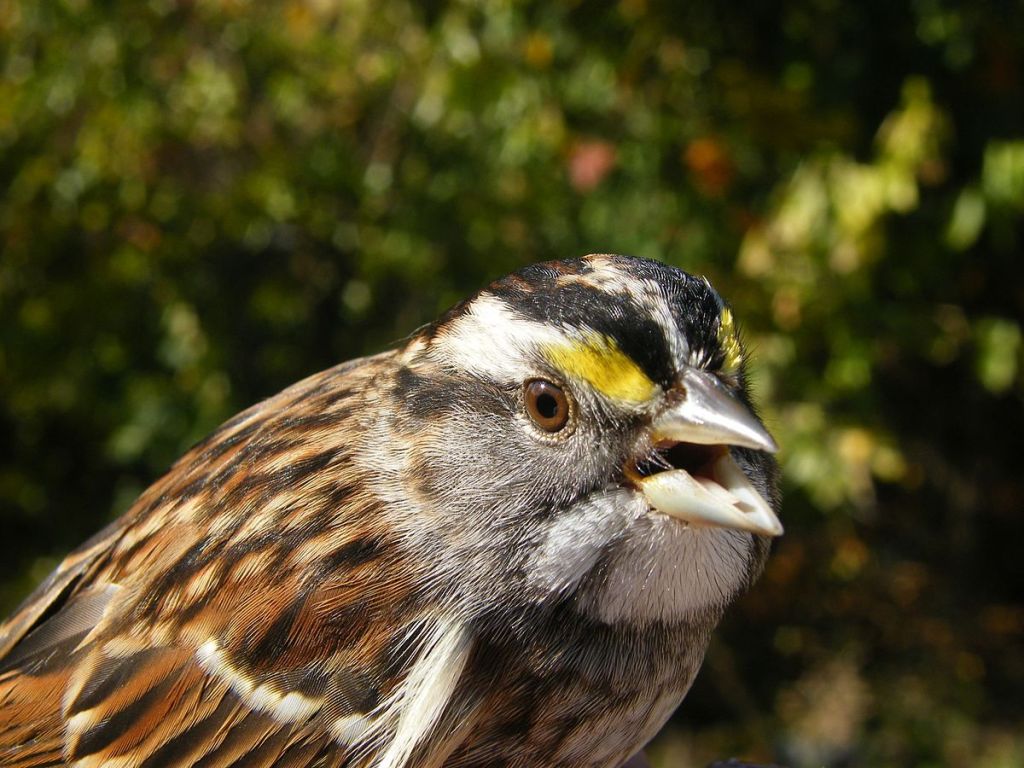

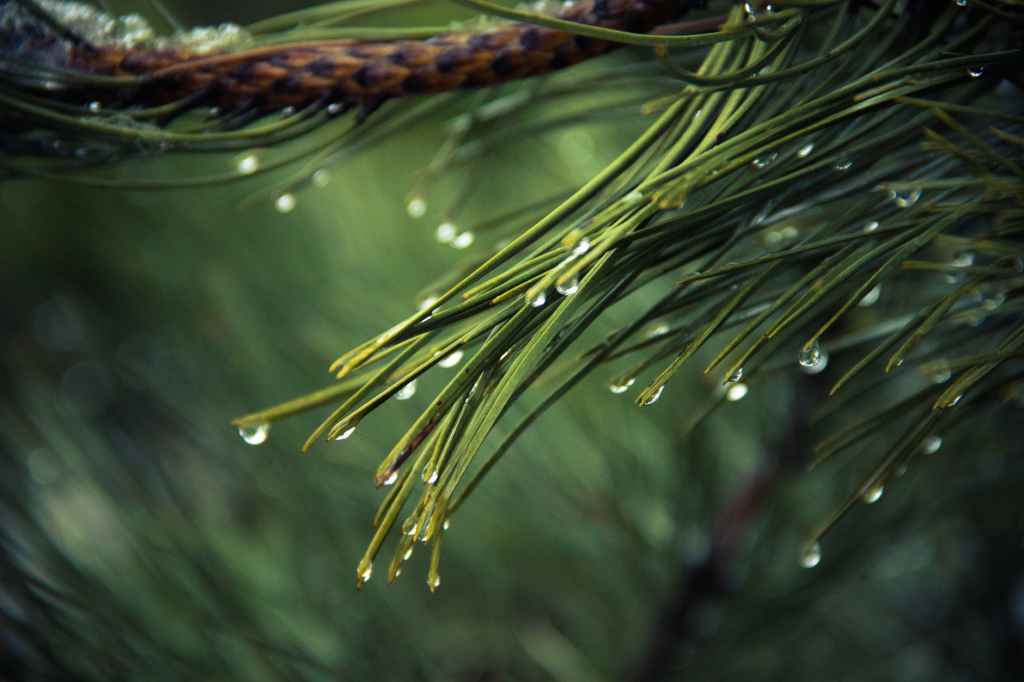
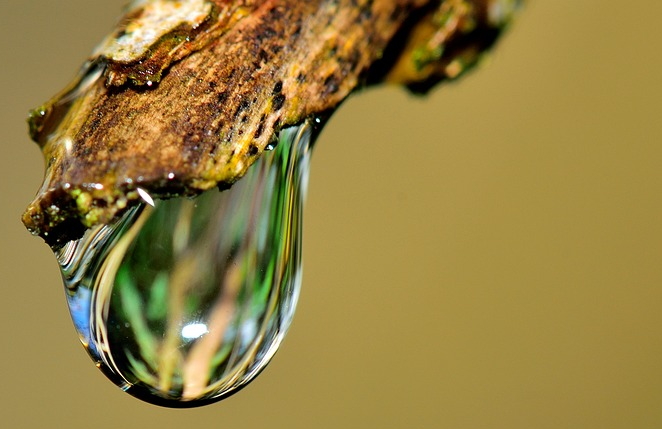

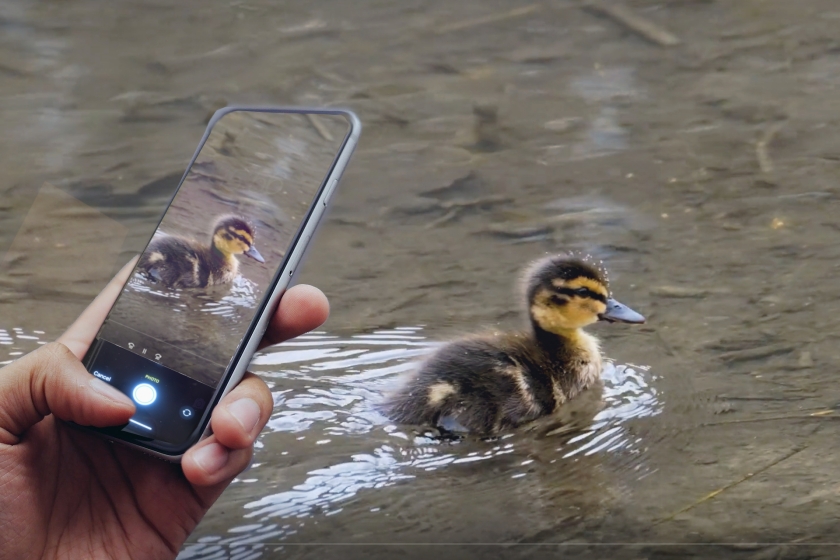
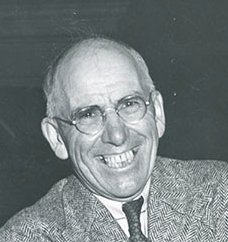

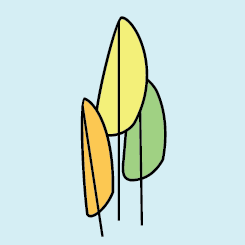


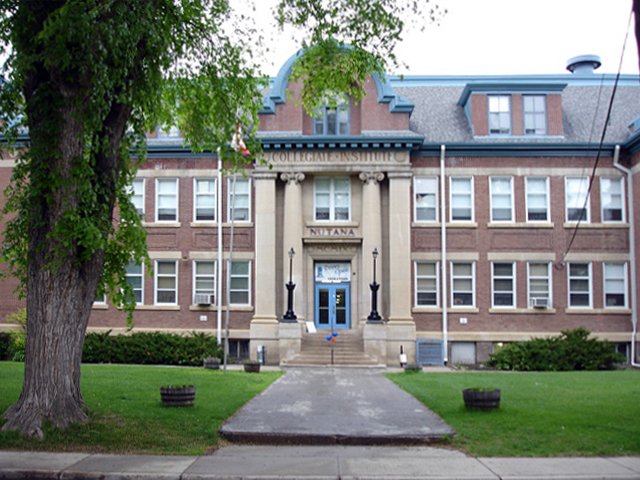 Nutana Collegiate adjacent to Chief Darcy Bear Park
Nutana Collegiate adjacent to Chief Darcy Bear Park 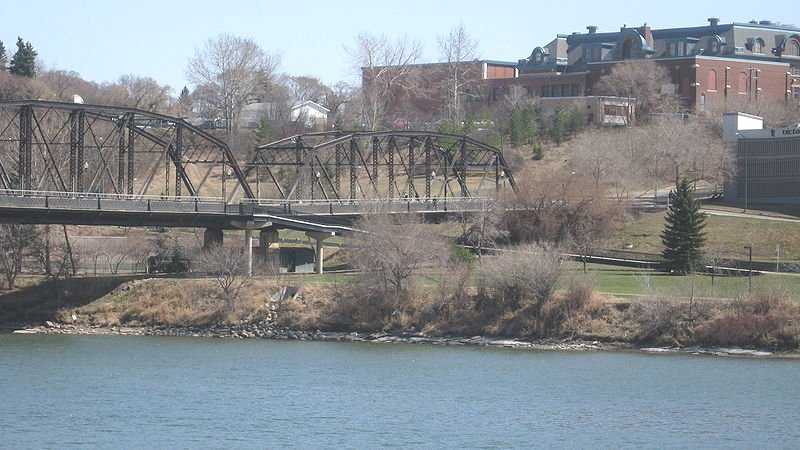 Old Victoria Bridge and Nutana Collegiate
Old Victoria Bridge and Nutana Collegiate



